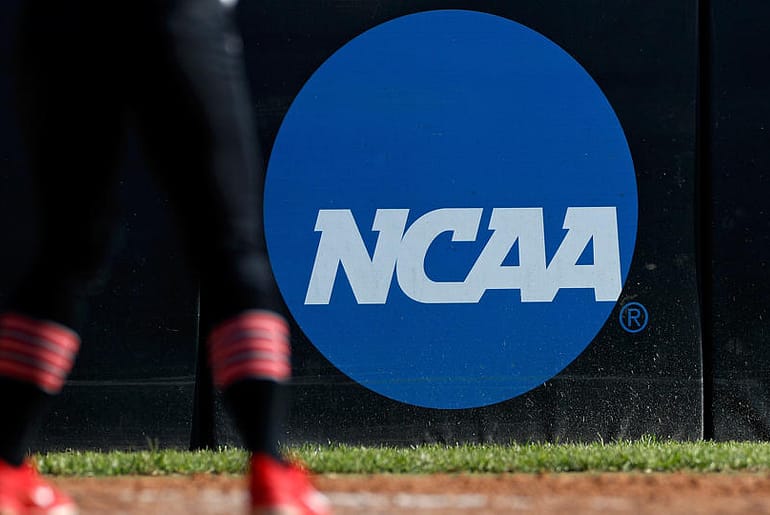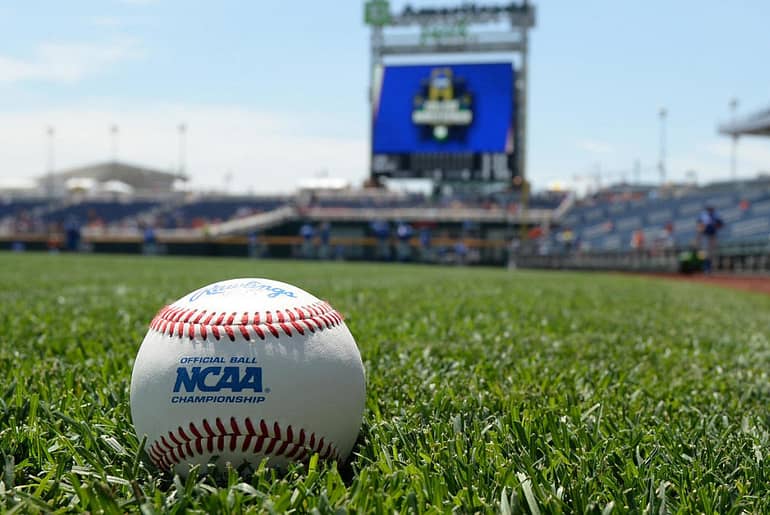The NCAA finally released their statement regarding the the status of Spring athlete eligibility:
The Division I Council on Monday voted to allow schools to provide spring-sport student-athletes an additional season of competition and an extension of their period of eligibility.
Members also adjusted financial aid rules to allow teams to carry more members on scholarship to account for incoming recruits and student-athletes who had been in their last year of eligibility who decide to stay. In a nod to the financial uncertainty faced by higher education, the Council vote also provided schools with the flexibility to give students the opportunity to return for 2020-21 without requiring that athletics aid be provided at the same level awarded for 2019-20. This flexibility applies only to student-athletes who would have exhausted eligibility in 2019-20.
Schools also will have the ability to use the NCAA’s Student Assistance Fund to pay for scholarships for students who take advantage of the additional eligibility flexibility in 2020-21.
Division I rules limit student-athletes to four seasons of competition in a five-year period. The Council’s decision allows schools to self-apply waivers to restore one of those seasons of competition for student-athletes who had competed while eligible in the COVID-19-shortened 2020 spring season.
The Council also will allow schools to self-apply a one-year extension of eligibility for spring-sport student-athletes, effectively extending each student’s five-year “clock” by a year. This decision was especially important for student-athletes who had reached the end of their five-year clock in 2020 and saw their seasons end abruptly.
Winter sports were not included in the decision. Council members declined to extend eligibility for student-athletes in sports where all or much of their regular seasons were completed.
The Council also increased the roster limit in baseball for student-athletes impacted by the COVID-19 pandemic, the only spring sport with such a limit.
In summary, they extended eligibility for all athletes impacted by the COVID-19 pandemic, schools will be able to expand their rosters, and ONLY seniors will be given financial aid flexibility. It’s great to see the NCAA finally make a decision that actually puts the student-athletes first, since they’re usually branded as the villain. As beneficial as this decision will be for a lot of NCAA athletes, sadly, it opens the flood gates to more speculation. How will smaller schools structure their financial aid to accommodate for more players? Will coaches even want to increase their roster size? How will it impact graduate programs?
Of course it sucks that so many players had their season cut short, but as tough as it is to hear, shit happens. A lot of players don’t go out on their own terms. Some get hurt, some get cut, but most don’t have a storybook ending to their career like Peyton Manning. And even though a global pandemic is the last thing anyone ever expected to happen, that’s just the way the cookie crumbled.
Don’t get me wrong – some players will definitely get fifth-year opportunities. However, it also puts coaches in a tough position because they could be forced to cut players or take away an incoming freshman’s scholarship. Ultimately, that’ll be a joint decision between college officials and coaches, who will have to determine what they think is the right decision for their programs. Sadly, many schools won’t be able to afford to give out more scholarship money, meaning players will have to pay the entire sum, which most can’t financially afford.
We’ll see how everything plays out, but the NCAA’s decision created more problems than it solved. While the harsher decision would’ve been to just chop this season up as a loss and not lengthen eligibility, it might’ve been the right one. Still – more power to the players that do find opportunities to continue playing…keep grinding.

